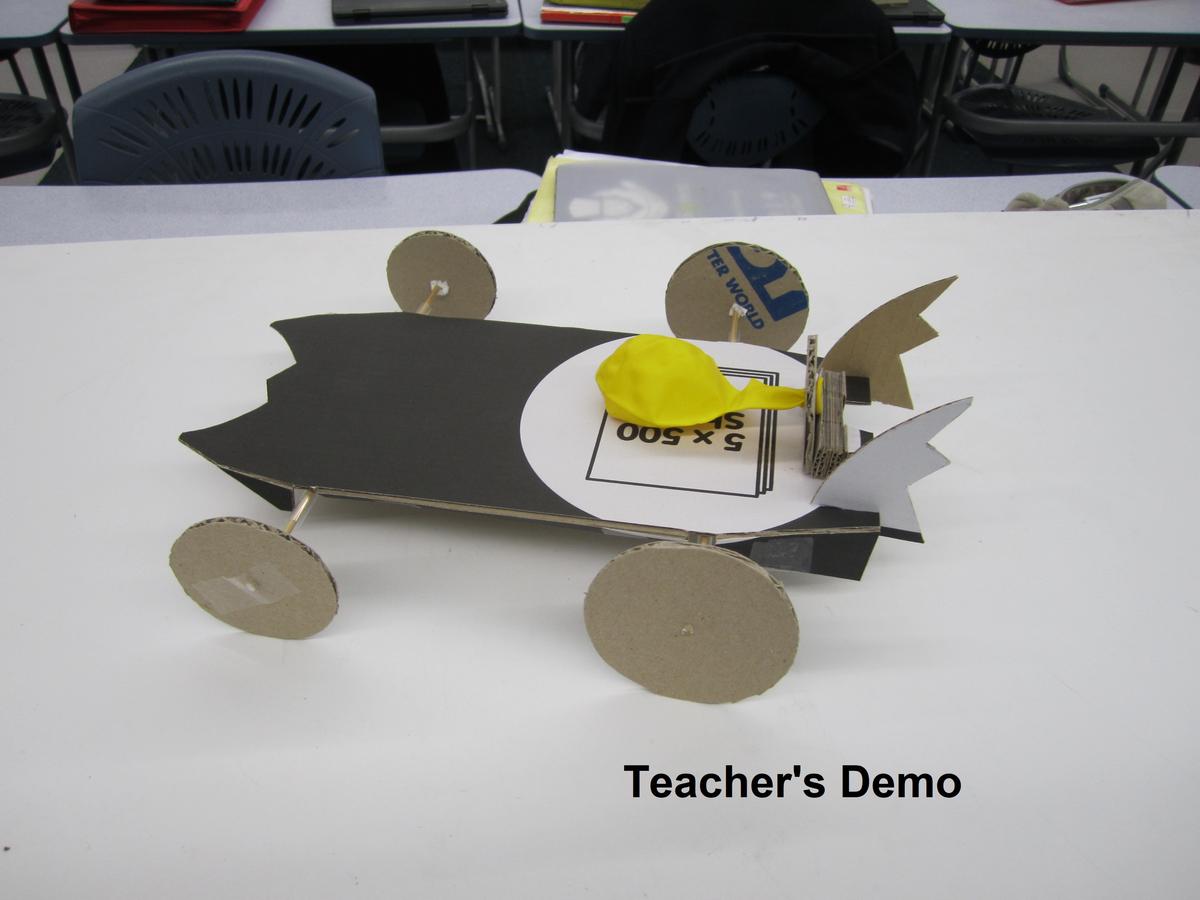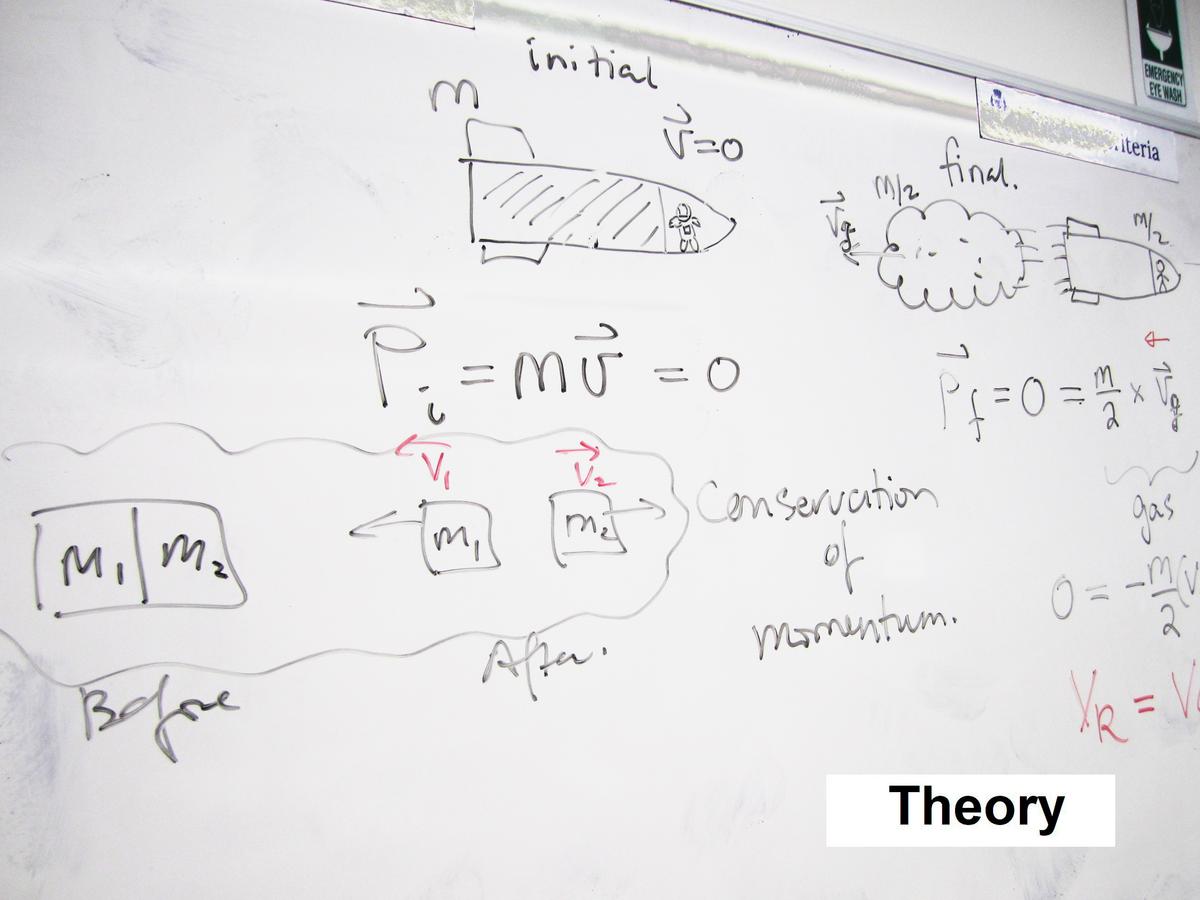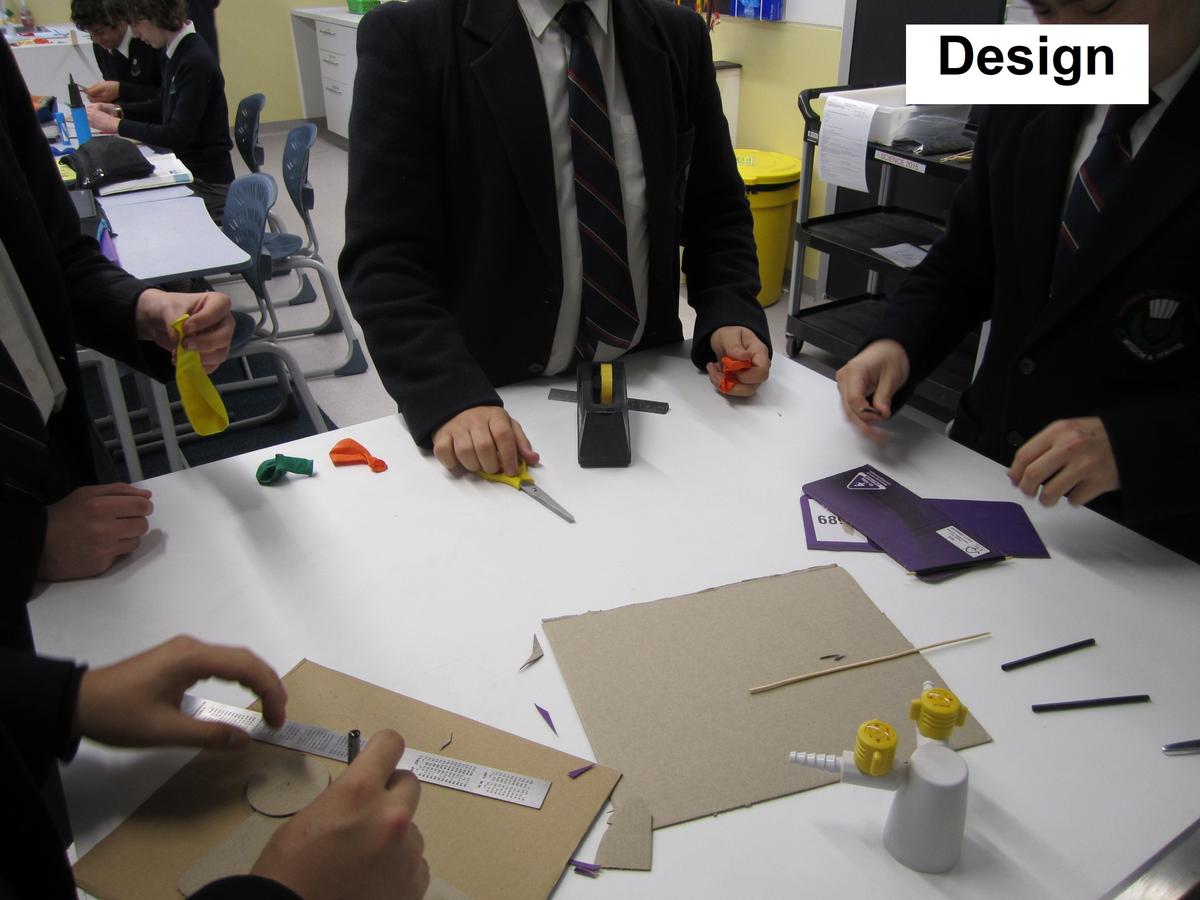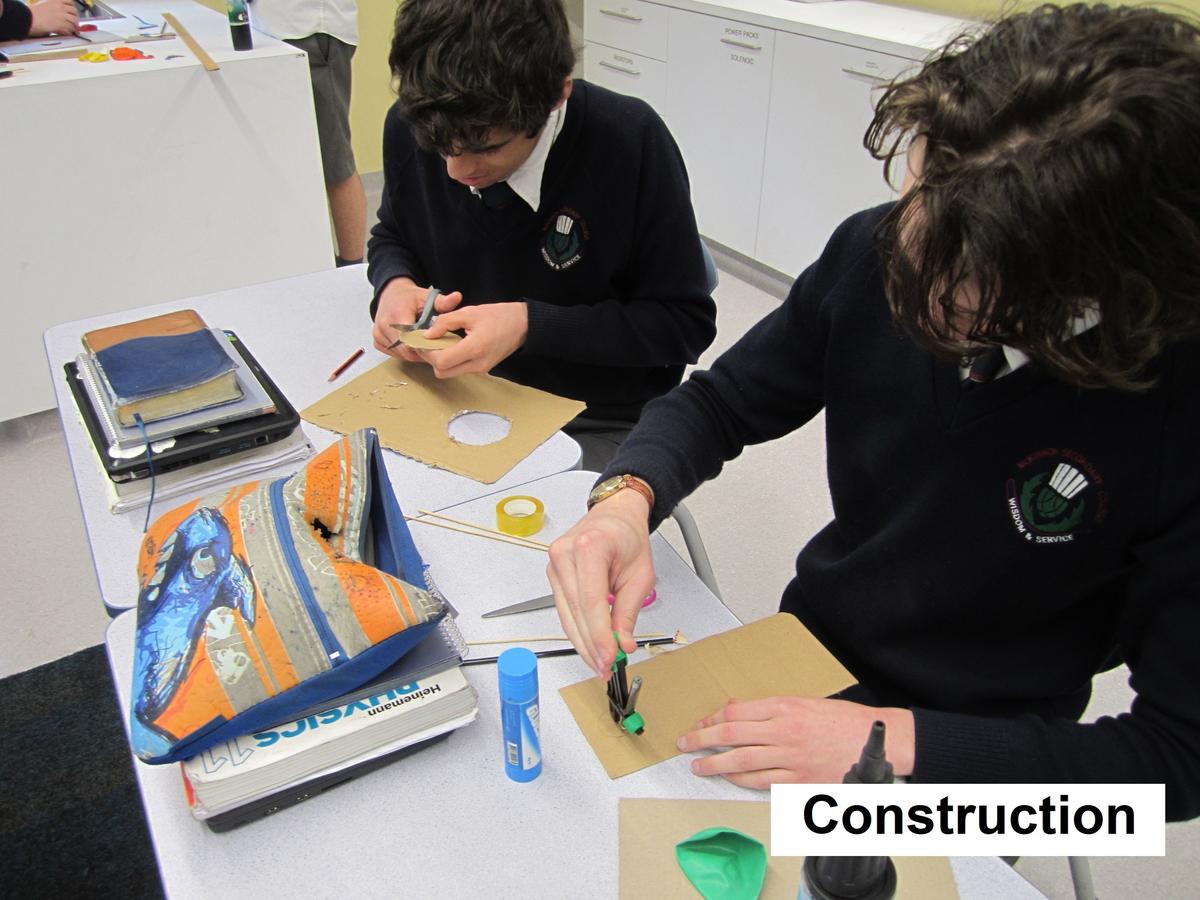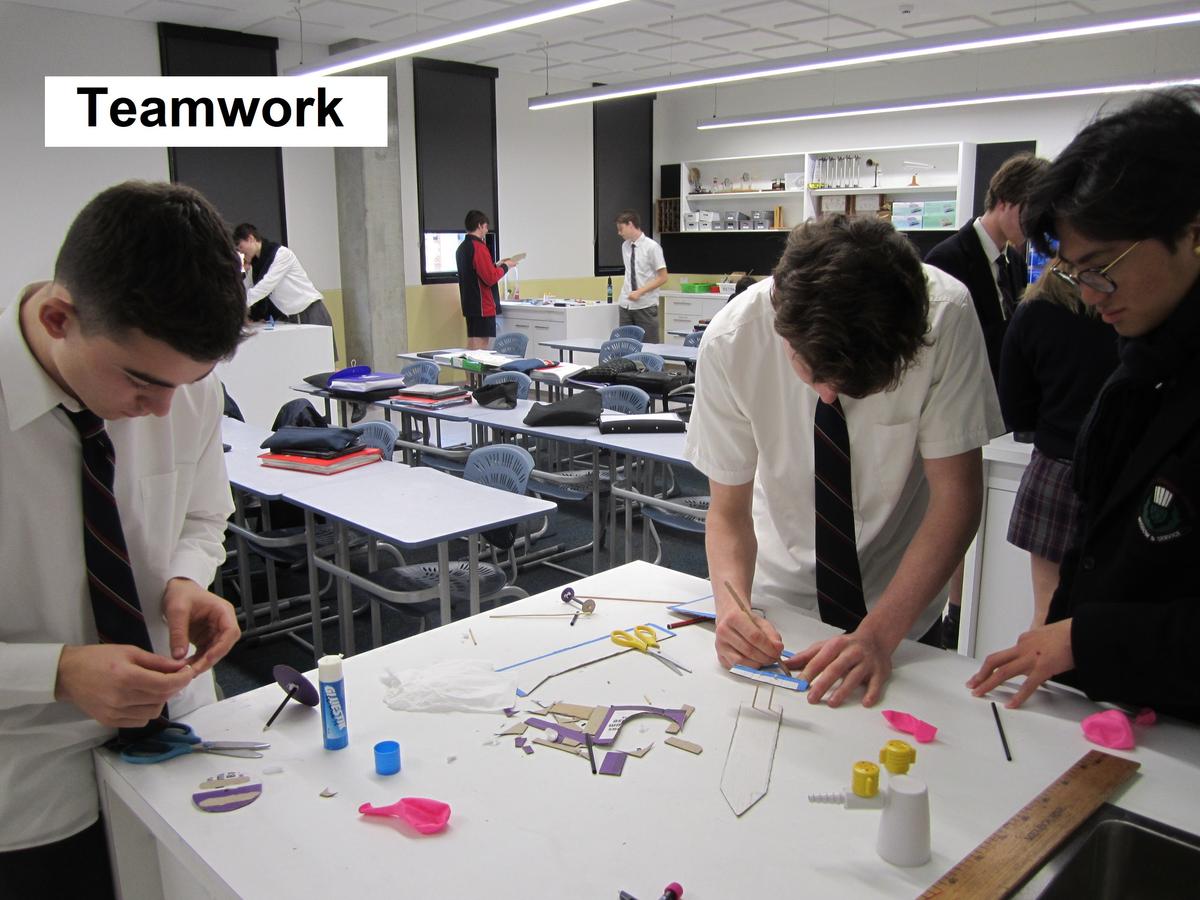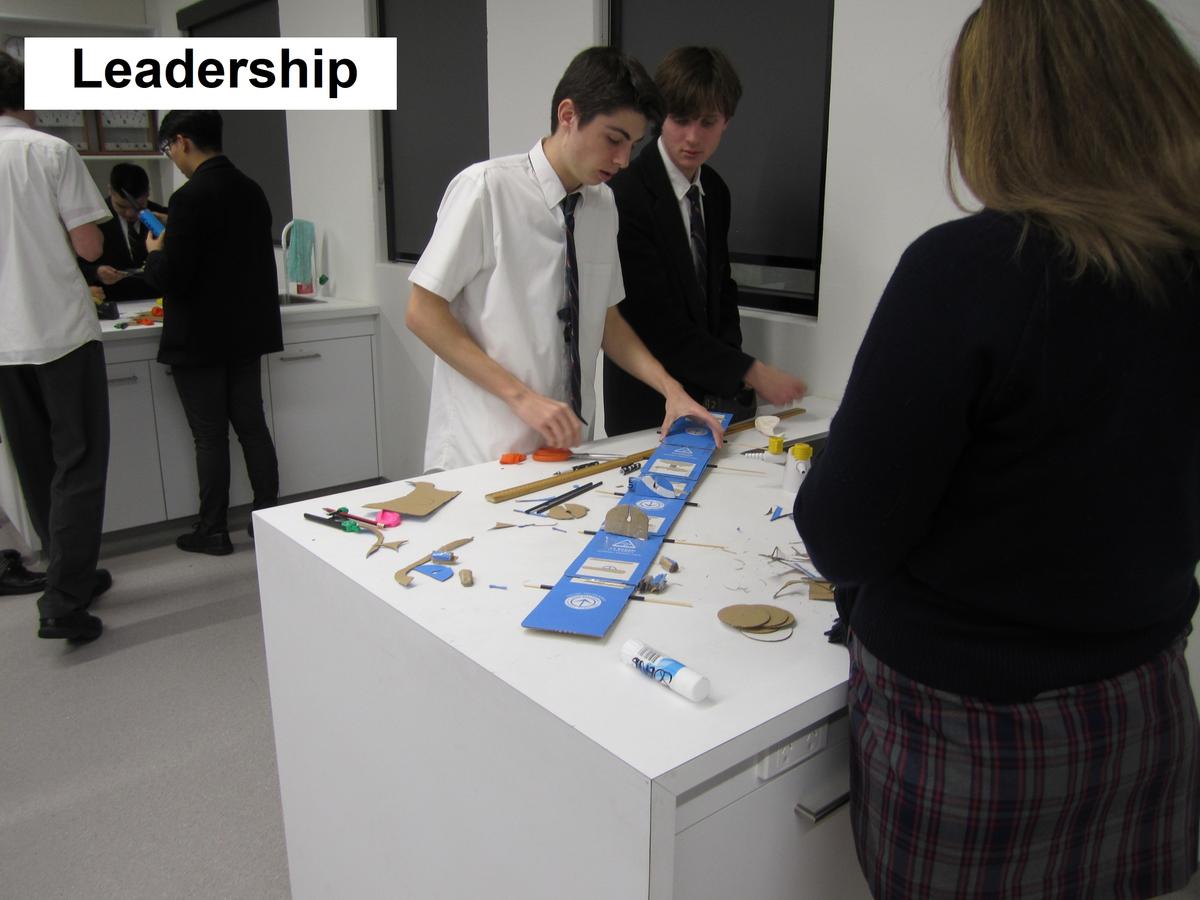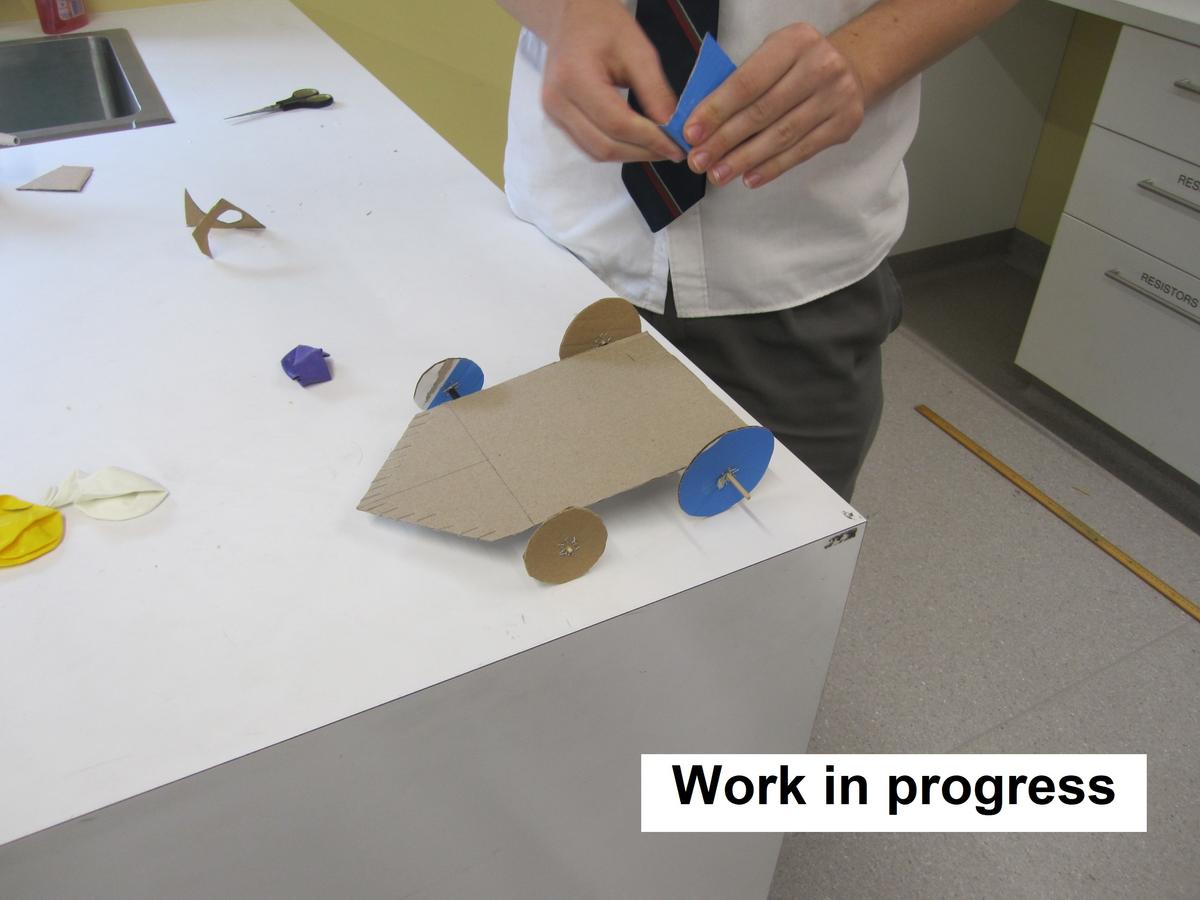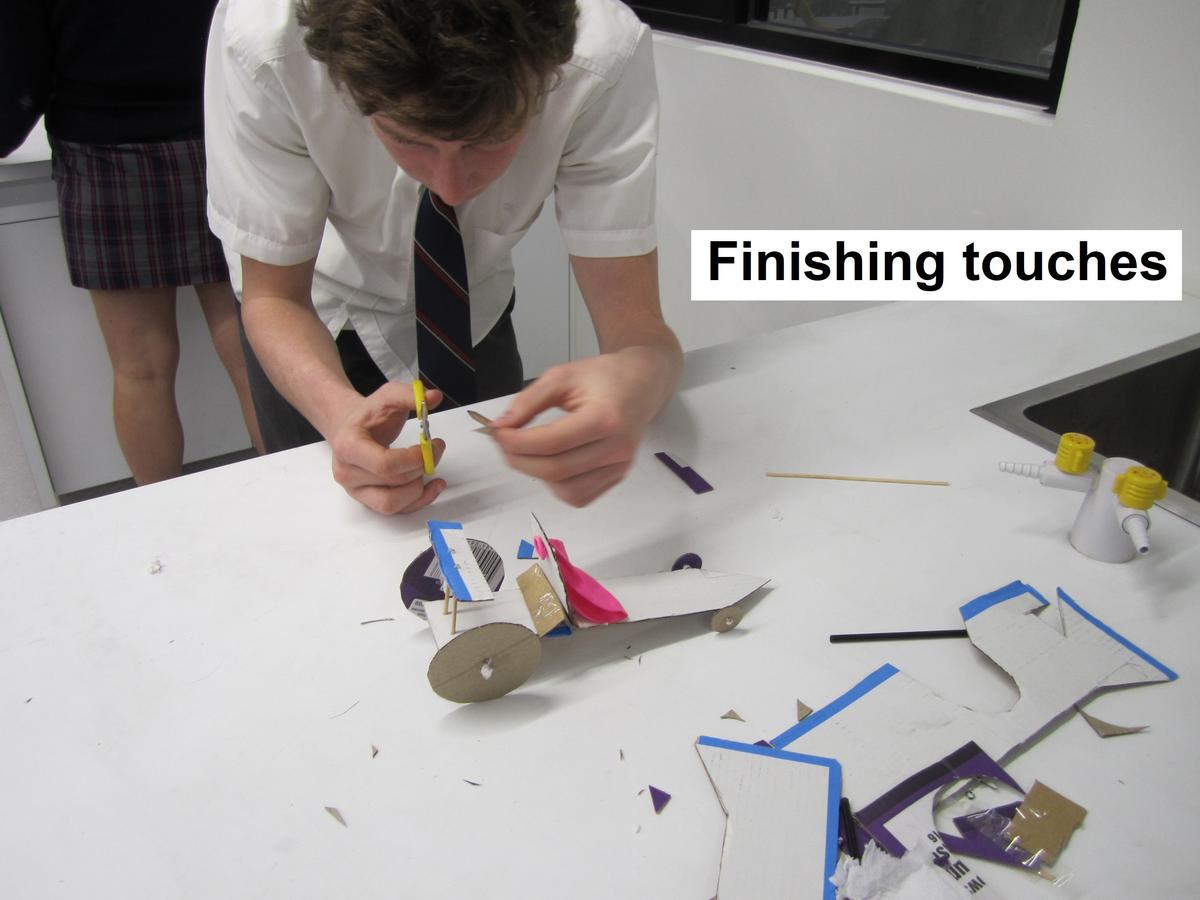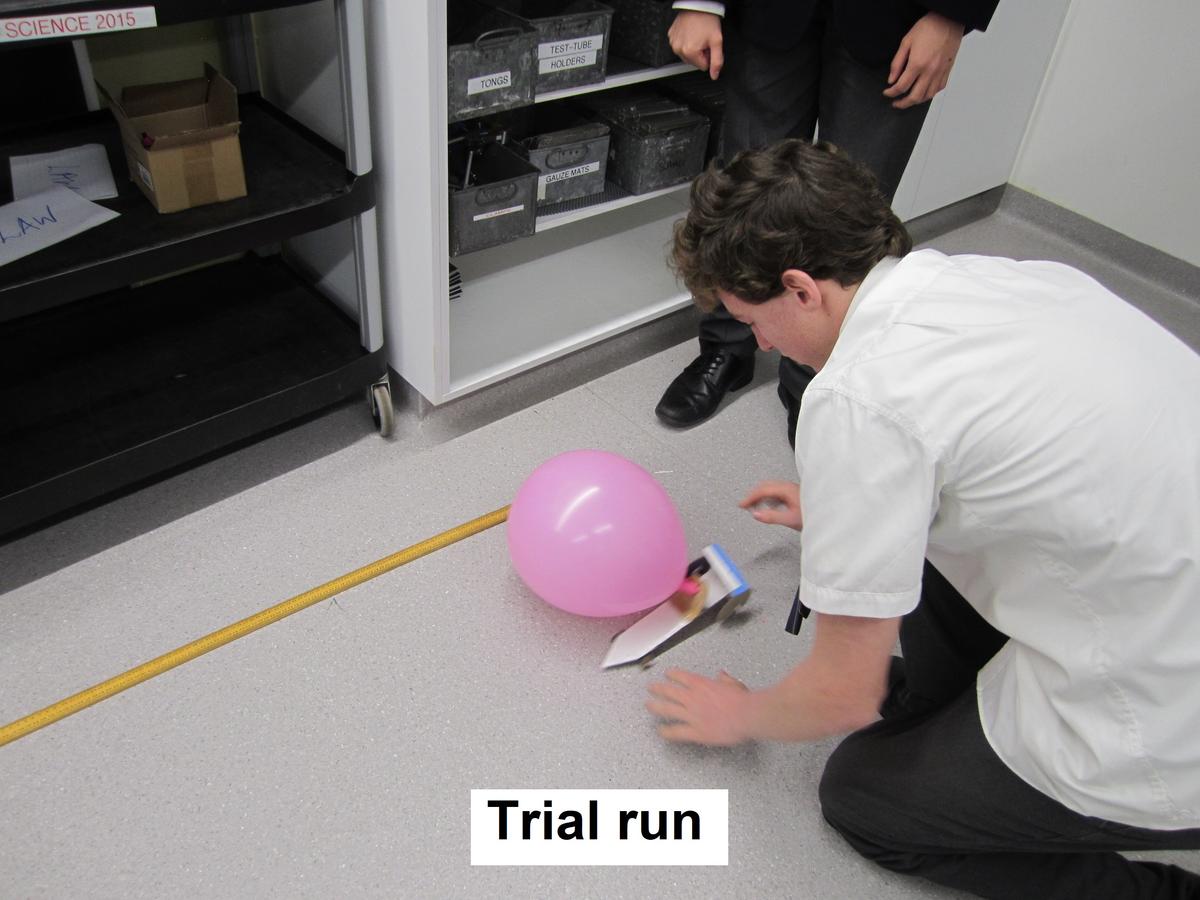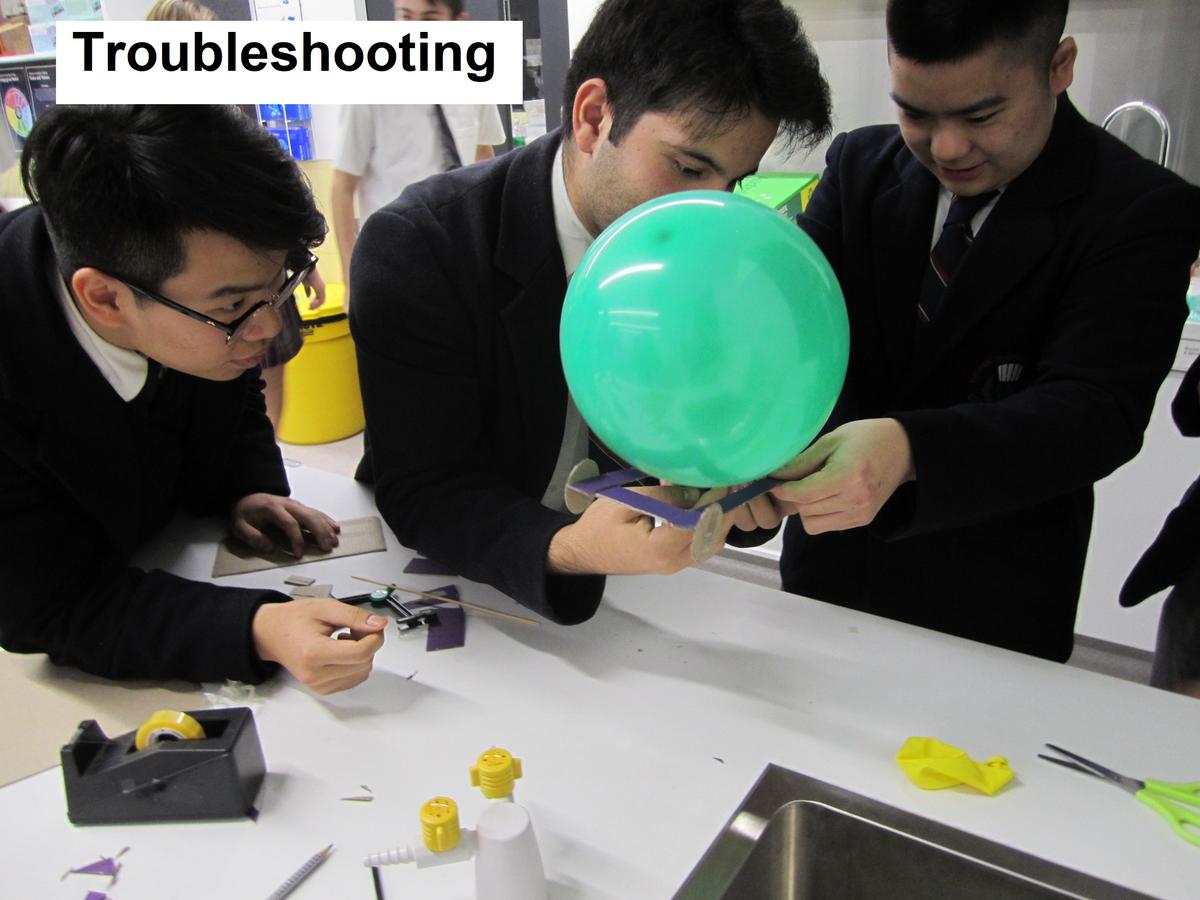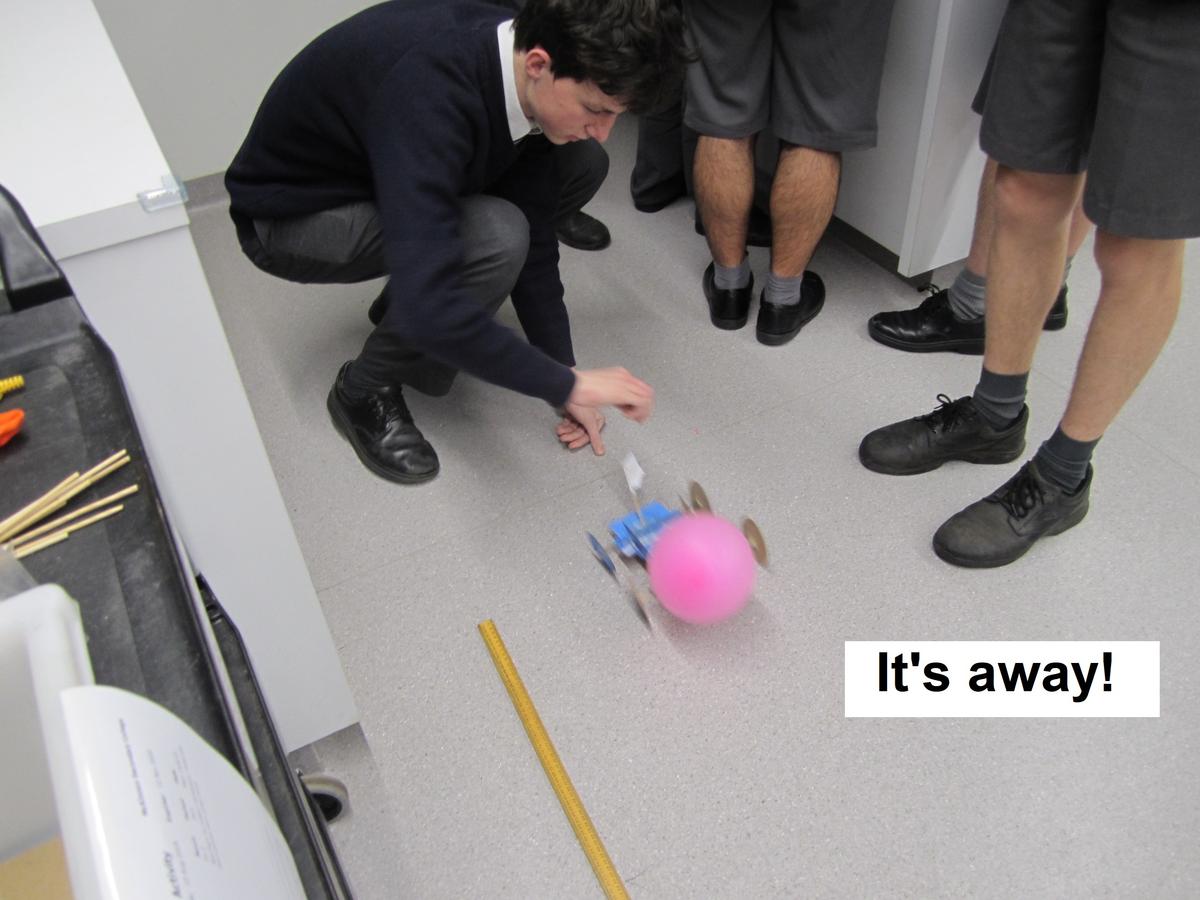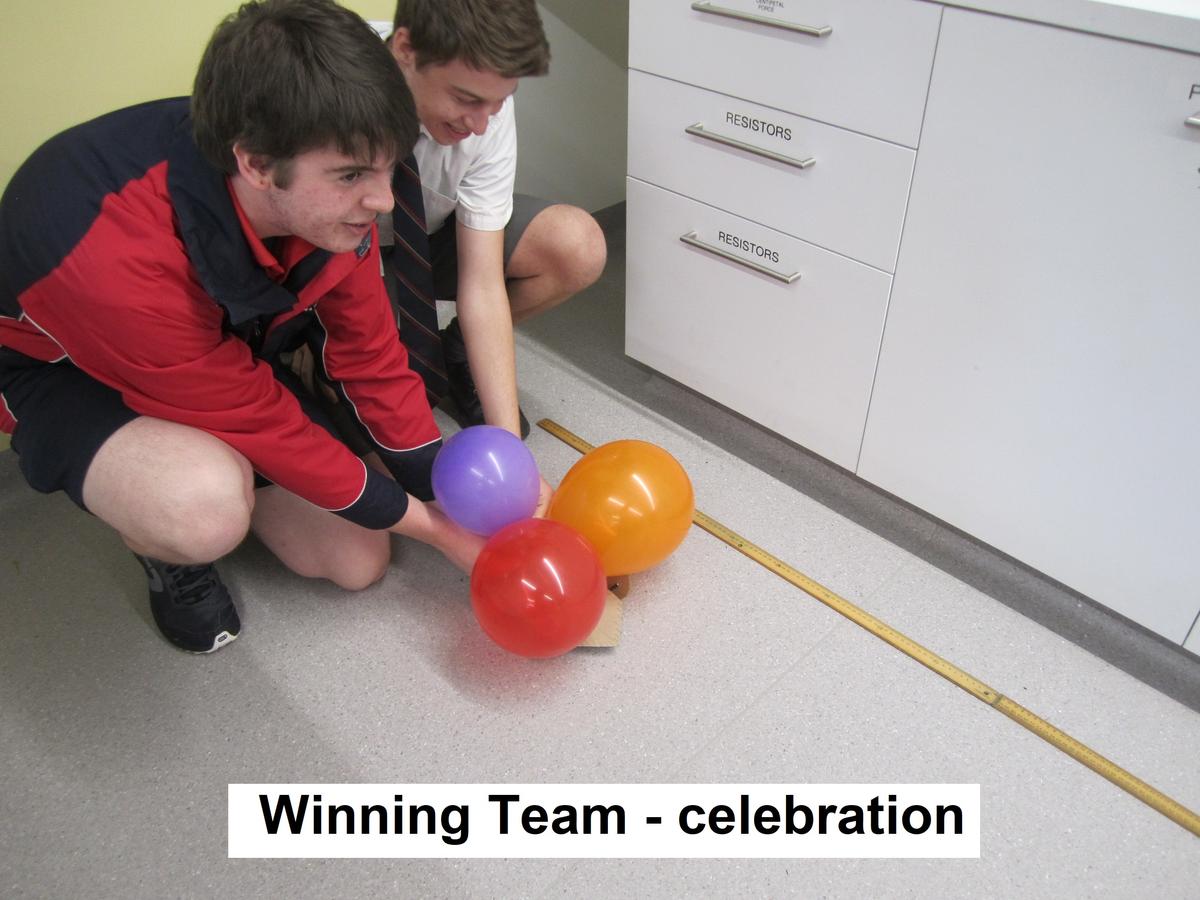SCIENCE
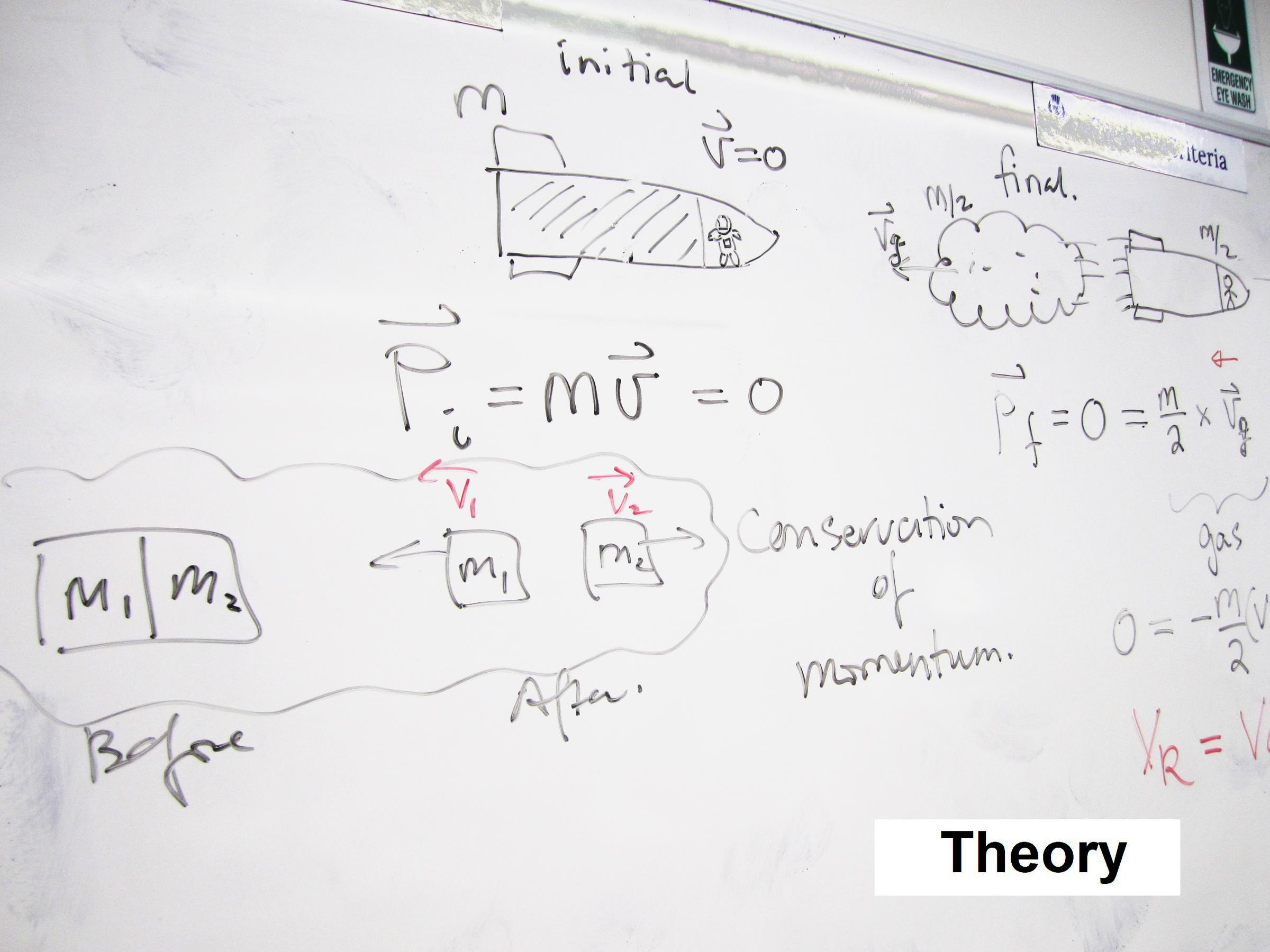
HANDS-ON PHYSICS
PHYSICS, as a fundamental science, is an essential part of most technological developments in our world. From boomerangs and didgeridoos to remote-controlled drones and mp3 players, physics principles are the cornerstones that allow us to analyze and design complicated devices that are useful to society. This year, as the world celebrates the 50th anniversary of the first moon landing, we acknowledge the significant contributions physics has made to space exploration. While the science behind rockets, radars and “zero gravity” seem totally beyond our classrooms, it may come as a surprise to some that the physical laws that brought man to the moon are no different from those we have become so accustomed to in our everyday experiences.
For example, if you blow up a balloon and then let go, the balloon will fly off as the air inside is released. This seemingly mundane phenomenon is actually the basis of how rocket propulsion technology works. It is remarkable that such a common observation of a balloon has in it the scientific principles that can take humans to the moon and beyond. Indeed, insights into many natural and technical processes are often gained via direct observation of phenomena around us and hands-on exploration of simple ideas.
Recently as part of the National Science Week celebration, some VCE Year 11 Physics students combined their knowledge in mechanics with their engineering design skills to take on the challenge of constructing a workable balloon-powered cart. While students were provided with raw materials such as cardboards, straws, skewer sticks, and (of course) a balloon, no specific instructions are given for this class activity. To succeed, each group must apply their understanding on the conservation of momentum and energy, as well as friction (all of which are core elements of VCE Physics).
At first glance, building a balloon-powered cart appears to be trivial. However, as some groups have discovered, putting theory into practice requires a lot of finesse, perseverance, and at times, lateral thinking. Issues such as how to make the wheel spin smoothly, how to secure the balloon to the cart while being able to effectively pump it up, and how to ensure the cart will go straight (if it does move) are much harder to solve than one may anticipate. Moreover, to meet the time constraint of two periods, good teamwork and troubleshooting skills are also very desirable.
Overall, it was a fantastic learning experience for all involved. Congratulations to the teams whose cart did run, and all groups for their tremendous effort. But the top honor went to Thomas Burnell and Jaden Cleminson of 11B. Their balloon cart not only worked on multiple times, it broke the elusive barrier of 5 m in travel distance.
Dr Sandy LAW
VCE Physics Teacher

